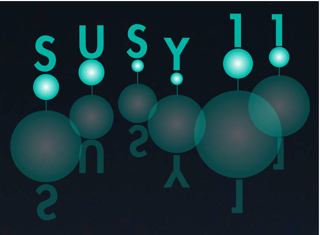Speaker
Dr
Piyush Kumar
(Columbia University)
Description
It is well known that R-symmetric models dramatically alleviate the SUSY flavor and CP problems. We study particular modifications of existing R-symmetric models which share the solution to the above problems, and have interesting consequences for electroweak baryogenesis and the Dark Matter (DM) content of the universe. In particular, we find that it is naturally possible to have a strongly first-order electroweak phase transition while simultaneously relaxing the tension with EDM experiments. The R-symmetry (and its small breaking) implies that the gauginos (and the neutralino LSP) are pseudo-Dirac fermions, which is relevant for both baryogenesis and DM. The singlet superpartner of the U(1)_Y pseudo-Dirac gaugino plays a prominent role in making the electroweak phase transition strongly first-order. The pseudo-Dirac nature of the LSP allows it to behave similarly to a Dirac particle during freeze-out, but like a Majorana particle for annihilation today and in scattering against nuclei, thus being consistent with current constraints. Assuming a standard cosmology, it is possible to simultaneously have a strongly first-order phase transition conducive to baryogenesis and have the LSP provide the full DM relic abundance, in part of the allowed parameter space. However, other possibilities for DM also exist, which are discussed. It is expected that upcoming direct DM searches as well as neutrino signals from DM annihilation in the Sun will be sensitive to this class of models. Interesting collider and Gravity-wave signals are also briefly discussed.
